Business-driven solutions.
In a relentlessly evolving industry, staying ahead requires more than just technology – you need a catalyst for change.



In a relentlessly evolving industry, staying ahead requires more than just technology – you need a catalyst for change.
From AI-first operations and BaaS to open banking, real-time payments, and ethical finance. explore the top trends reshaping banking today.
Explore how autonomous AI is reshaping the business and technological landscape.
Navigating change isn’t enough – you need to drive it.
Gen AI-powered innovation is transforming industries, but unlocking its full potential requires the right approach. We help businesses like yours move faster, adapt smarter, and turn disruption into an opportunity – with solutions built for impact.
We believe that true resilience is built from within, powered by interconnected pillars that strengthen every part of your business. Together, they create the foundation for growth, adaptability, and long-term success.
See real stories of resilience in action.
Transformation isn’t just about having the right technology – it’s about solving the real business challenges with speed and precision. At Infovision, we bring a flexible, fast and impact-driven approach to transformation.
We help identify bold opportunities and define a clear path for transformation.
We develop agile, data-driven strategies tailored to your business goals.

We can create forward-thinking solutions that challenge the status quo.
We drive rapid, scalable outcomes that deliver lasting impact.

Traditional models are breaking under the weight of rising costs, security threats, and ever-evolving customer demands. The future belongs to those who embrace AI, automation, and intelligent digital transformation. We enable businesses to predict, adapt, and lead with cutting-edge technology that turns challenges into opportunities.





Empower telecom with innovation and agility
Transforming retail with agility, innovation and intelligence.
Streamline, automate, and drive data-led decisions with disruptive tools and technologies.
Transform patient care, improve operations, and enhance data security.
The next chapter in manufacturing:
smart, sustainable, and intelligent solutions.
Transformation isn’t just about having the right technology – it’s about solving the real business challenges with speed and precision. At Infovision, we bring a flexible, fast and impact-driven approach to transformation.
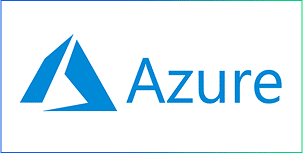

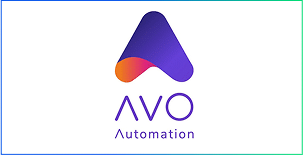
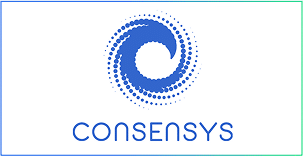

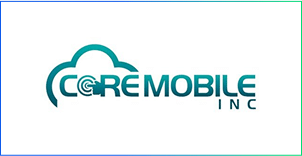
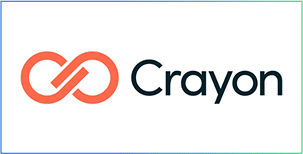
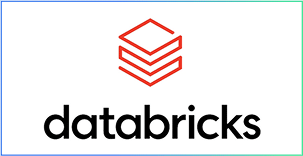
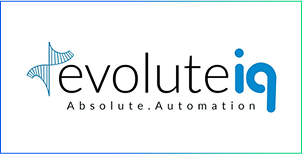

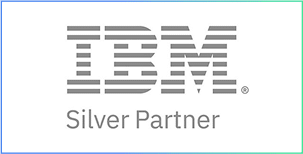

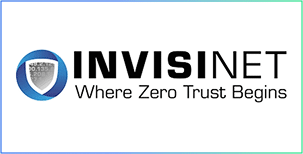

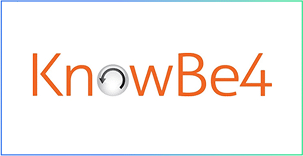
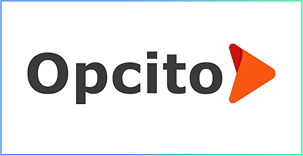
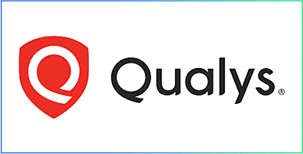
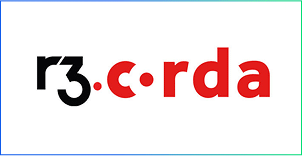


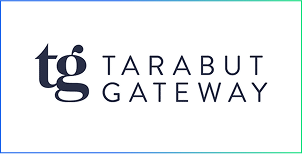
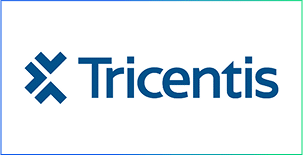
Your next breakthrough is just a conversation away. Connect with us to discover how Infovision can help you lead with agility, resilience, and impact.